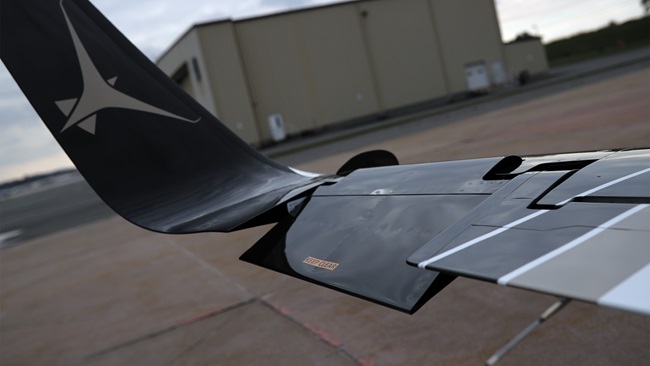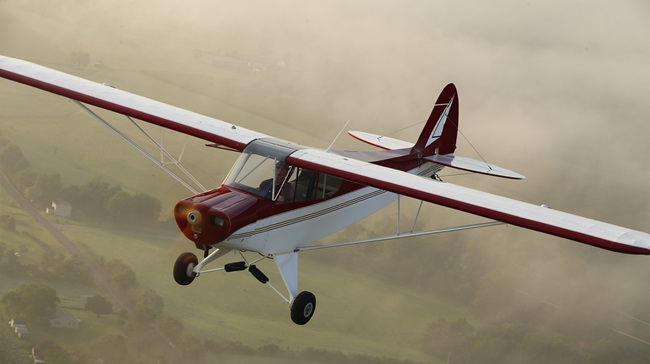FAA bars NavWorx position source
Aircraft owners have seven months to address
The FAA published a final rule June 6 to the proposed airworthiness directive affecting certain NavWorx Inc. universal access transceivers (UATs). While the FAA is prohibiting use of the WAAS GPS position source built into the affected UATs, the agency is giving affected aircraft owners more than seven months to determine their best course of action before the units must be removed from the aircraft or disabled.
The airworthiness directive originally proposed by the FAA Oct. 20, 2016, sought the removal of NavWorx’s ADS600-B and non-TSOed ADS600-EXP UATs from an estimated 800 general aviation aircraft in which they have been installed. The UATs provide Automatic Dependent Surveillance-Broadcast (ADS-B) Out and In capabilities on 978 MHz. ADS-B uses GPS satellites instead of ground-based radar to determine aircraft position, and is a fundamental technology behind NextGen, the FAA’s Next Generation Air Transportation System. The FAA has mandated ADS-B Out equipage for operations after Jan. 1, 2020, in any airspace where a transponder is required today.
The final AD goes into effect July 11. Within six months of that date—by Jan. 11, 2018—owners of aircraft with the affected UATs must disable the unit by pulling the circuit breaker and placing a placard in full view of the pilot; upgrade the software so the UAT broadcasts an SIL of 0, allowing its continued use until Jan. 1, 2020, although the unit will not meet the requirements of the approaching ADS-B mandate; or couple the UAT to an approved GPS position source.
The final rule notes that the FAA will issue an alternative means of compliance (AMOC) if NavWorx provides a pathway to upgrade the internal position source, and bring it into compliance with the applicable performance requirements.
“We are pleased the FAA has provided more flexibility for owners to address the identified unsafe condition,” said Justin Barkowski, AOPA director of regulatory affairs. “We are also encouraged that NavWorx has announced pathways to bring affected owners into compliance.”
AOPA submitted comments on the proposed airworthiness directive Dec. 19, 2016. In its comments, the association raised a number of questions about the notice of proposed rulemaking and the underlying technical issues, which the FAA addressed in the final rule.
In a statement on its website, NavWorx said it was anticipating issuance of the airworthiness directive. “Be assured we have taken steps to ensure seamless instructions for AD compliance,” NavWorx said. The company said it’s prepared to release a new software revision which will allow for continued operation to the end of 2019, although UATs with the revised software will not meet the requirements of the FAA’s Jan. 1, 2020, ADS-B Out mandate. The software update can be installed via the UAT’s maintenance port.
NavWorx also said it has established an upgrade path for existing customers to upgrade to the new ADS600-B NexGen 2.0 system, which will comply with FAA’s 2020 mandate. Upgrade costs, which include replacing the internal WAAS GPS receiver, are $599 for ADS600-B serial numbers 1602000 and earlier; the cost is $349 for serial numbers 1602001 and later. The company said upgrades are not yet available; the website states that they will be available beginning July 1.
NavWorx is transitioning its technical and sales support to Dallas Avionics Inc. Contact Scott Edwards, the NavWorx product line specialist, at 214/668-7466 with technical questions, for sales inquiries, or to schedule a hardware upgrade.
In March, NavWorx announced its ADS600-B NexGen 2.0 System, with an introductory list price of $2,020. The NexGen 2.0 product uses a different position source than the ADS600-B it will replace, and incorporates several design changes—such as integrating the Wi-Fi module into the UAT, instead of a separate box—to simplify installation. NavWorx said the new UAT would be available during the second quarter of 2017, but it does not appear that it has received technical standard order (TSO) approval. NavWorx did say that the new UAT will use the same part number as one of the models being prohibited by the AD. The company also said an ADS600-B that uses an appropriate Garmin WAAS navigator as the ADS-B position source is priced at $1,499.
Edwards said NavWorx is poised to begin manufacturing the new product as soon as certification is received, and Dallas Avionics is taking orders. “We’ve already got a backorder on those systems,” he added. More information is available on the NavWorx and Dallas Avionics websites.




